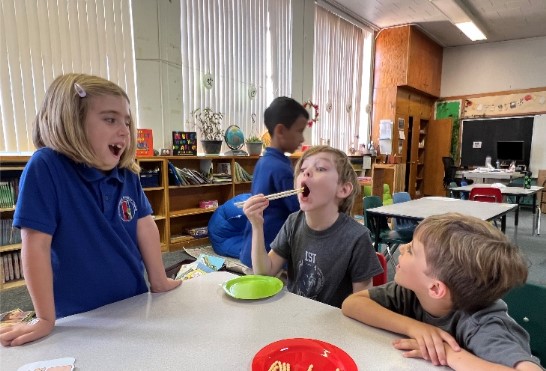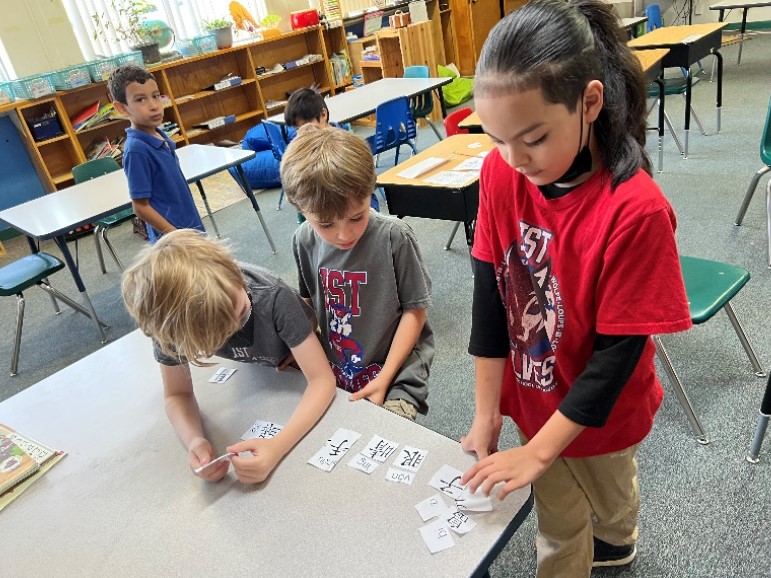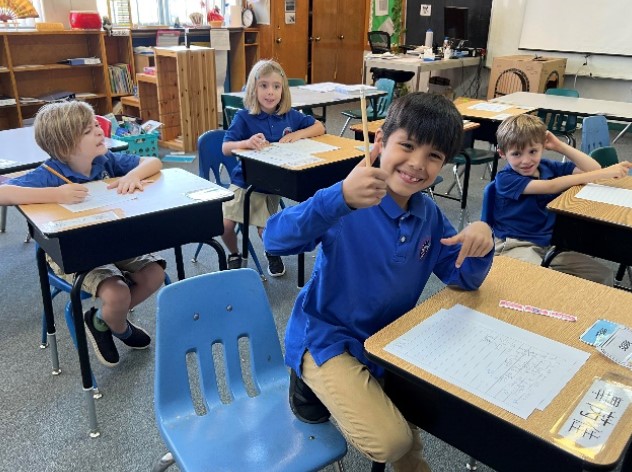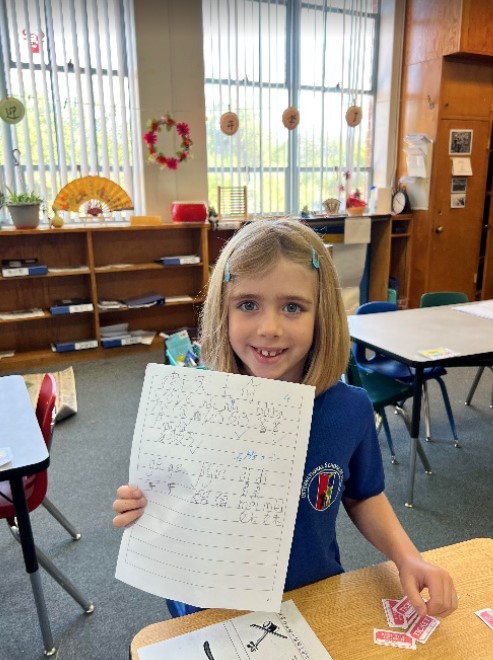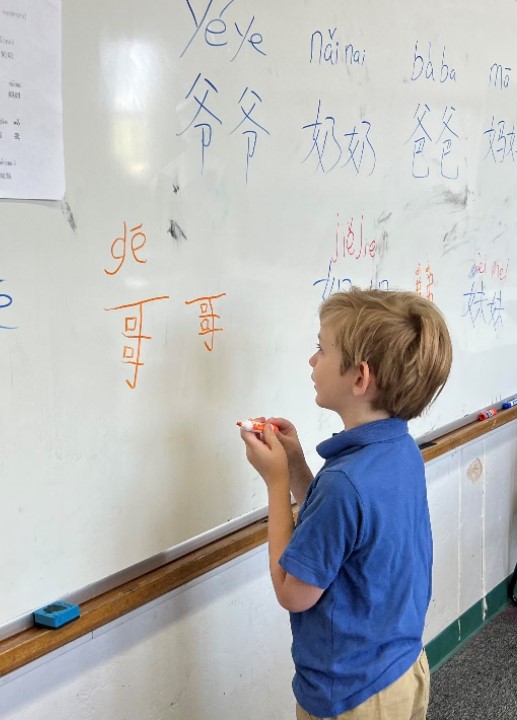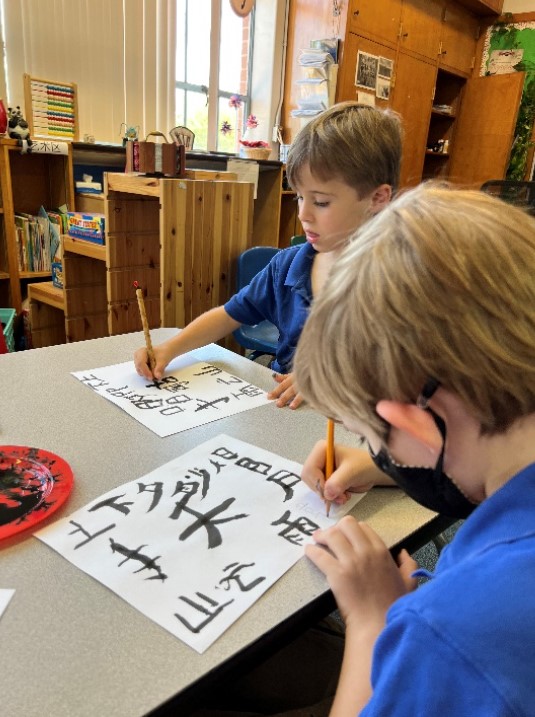Happy Friday!
As children return back to school (or come in for the first time), they’ll get to know peers with a wide
variety of abilities, cultures, languages, and backgrounds- especially at IST. It’s natural for them to notice similarities and differences and express curiosity, and it’s up to the grownups in their lives to not only model acceptance of diversity, but to frame it as a strength.
It’s important for us to help children appreciate the similarities and differences between themselves and others—and reassure them that talking about differences is okay and encouraged. Excerpted and adapted from the book 45 Strategies That Support Young Dual Language Learners by Shauna L. Tominey & Elisabeth C. O’Bryon, these practical strategies are a great starting point for helping all children appreciate other cultures, values, and beliefs.
Classroom themes celebrate diversity
Multicultural messages are a part of our regular themes and classroom practices all year long. Cultural experiences and conversations are regularly embedded in our curriculums throughout the school year. Conversations are had with students that help them view these multicultural lessons with an open mind—amplifying the perspectives of diverse children and families all year-round help children see that culture is all around them, not just something they learn about during holidays.
Teach children it’s okay to ask questions
Sometimes, children are taught that asking questions is rude and intrusive—when it’s actually a great way to learn about differences. Rather than stigmatizing questions, show children how to ask them sensitively and appropriately. For example, if you overhear a child pointing out something she notices about another classmate—“Why does he wear glasses?—guide the two children in having a
conversation about the difference. “Emma was wondering why you wear glasses, Julio. Can you tell us about your glasses?”
Have open conversations about stereotypes and biases
The roots of biased viewpoints take hold when children are young. To reduce bias and support children’s development of compassion and understanding, explicitly tackle stereotypes and. For example, talk about how great it is to see so many similarities and differences—but also point out that sometimes people treat other people badly or differently because of their looks, the color of their skin, their cultural beliefs, or their gender. Share with children that this is unfair and is not how people should treat one another. In an increasingly diverse global society, it’s important to have conversations like these to reduce the likelihood that children will adopt biased, stereotypical viewpoints.
Set a good example
Throughout each day, children will often wonder how to respond to their classmates’ differences and
challenges. Stay mindful that they’re looking to you as a model, and resolve to set a good example they can follow. Seeing you respond to diversity in a consistently supportive, empathetic way will teach children positive attitudes and effective strategies, and will assure them that they can look to you for support.
Each day our children will encounter diversity of many different types; their peers will differ in their
language, culture, abilities, socioeconomic status, and developmental levels. It’s important to start
young children early on the path to respect and acceptance by modeling empathy and displaying enthusiasm for diversity every day. With support from you and the other adults in their lives, our children can help each other feel proud, accepted, and valued.
A Peek into Bian Laoshi’s First Grade Chinese Class…
